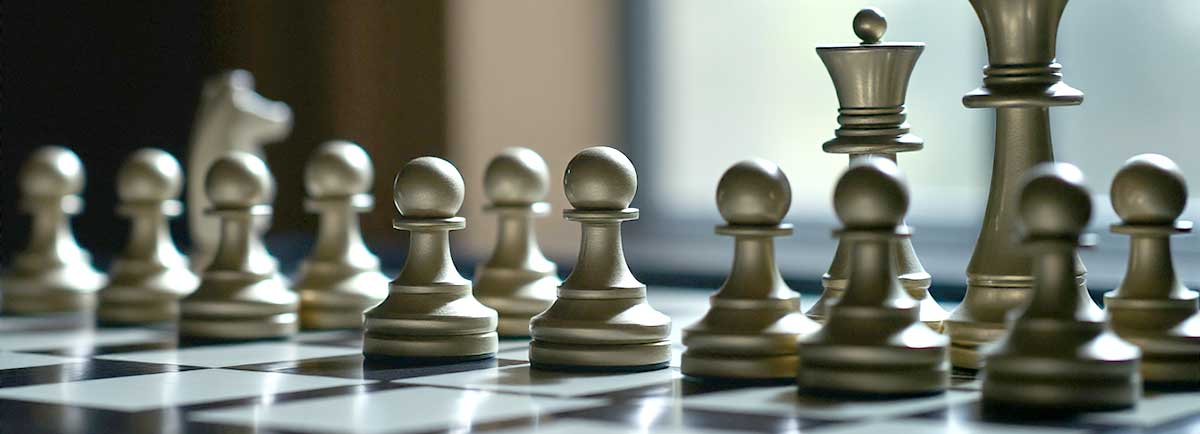
Chess is one of the most intellectual and widely played games in the world today, symbolizing strategy, intelligence, and competition. But who actually invented it? Unlike many modern games, chess doesn’t have a single known inventor. Instead, it evolved over centuries through various cultures, shaping the version we play today.
Most historians agree that chess originated in ancient India during the 6th century AD. The earliest version of the game was called Chaturanga, a Sanskrit word meaning “four divisions of the military” — infantry, cavalry, elephants, and chariots. These units later evolved into the modern pawn, knight, bishop, and rook, respectively.
Chaturanga was played on an 8×8 board, similar to today’s chessboard, and it quickly gained popularity across the Indian subcontinent.
As trade and conquest expanded, Chaturanga made its way into Persia, where it became known as Shatranj. This version modified some rules and introduced terms that still echo in modern chess, like “Shah” (king) and “Shah Mat” (checkmate), which literally means “the king is helpless.”
Shatranj became a favorite game of the Persian elite and was often mentioned in classical Persian literature and court culture.
Following the Islamic conquest of Persia, Shatranj spread across the Muslim world, reaching North Africa, Spain, and eventually Europe by the 9th and 10th centuries. As it traveled west, chess evolved further, adapting to the tastes and cultures of different regions.
By the 15th century, in southern Europe, major rule changes gave birth to the modern game of chess:
The queen gained the ability to move any number of squares (previously a weak piece).
The bishop’s diagonal movement was introduced.
Faster gameplay rules like castling and en passant developed.
These changes transformed chess into a dynamic and strategic game similar to what we know today.
By the 19th century, chess had become formalized with organized tournaments and international competition. The first official World Chess Championship was held in 1886.
In the 20th and 21st centuries, chess exploded in popularity thanks to:
Legendary grandmasters like Bobby Fischer, Garry Kasparov, and Magnus Carlsen.
Digital platforms like Chess.com and Lichess.org, which brought chess to millions online.
Pop culture exposure, like Netflix’s The Queen’s Gambit.
While no single person invented chess, its roots can be traced back to ancient India with the game Chaturanga, evolving through Persia, the Islamic world, and Europe. Today, chess stands as a universal game of skill, strategy, and intellect enjoyed by all ages and backgrounds.
Chess spread from India to Persia (as Shatranj), then through the Islamic world and into Europe. Trade, conquest, and cultural exchange played a major role in its global journey.
Chess has long been associated with royalty and nobility. In ancient and medieval times, it was considered a game of strategy, intelligence, and warfare, often played in royal courts.
Chess originated in India (as Chaturanga), but Persia played a key role in its transformation into Shatranj, influencing many of the terms and rules adopted in the modern game.